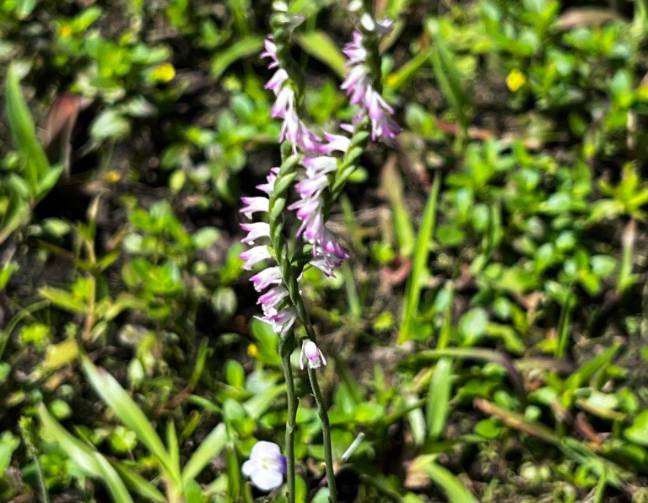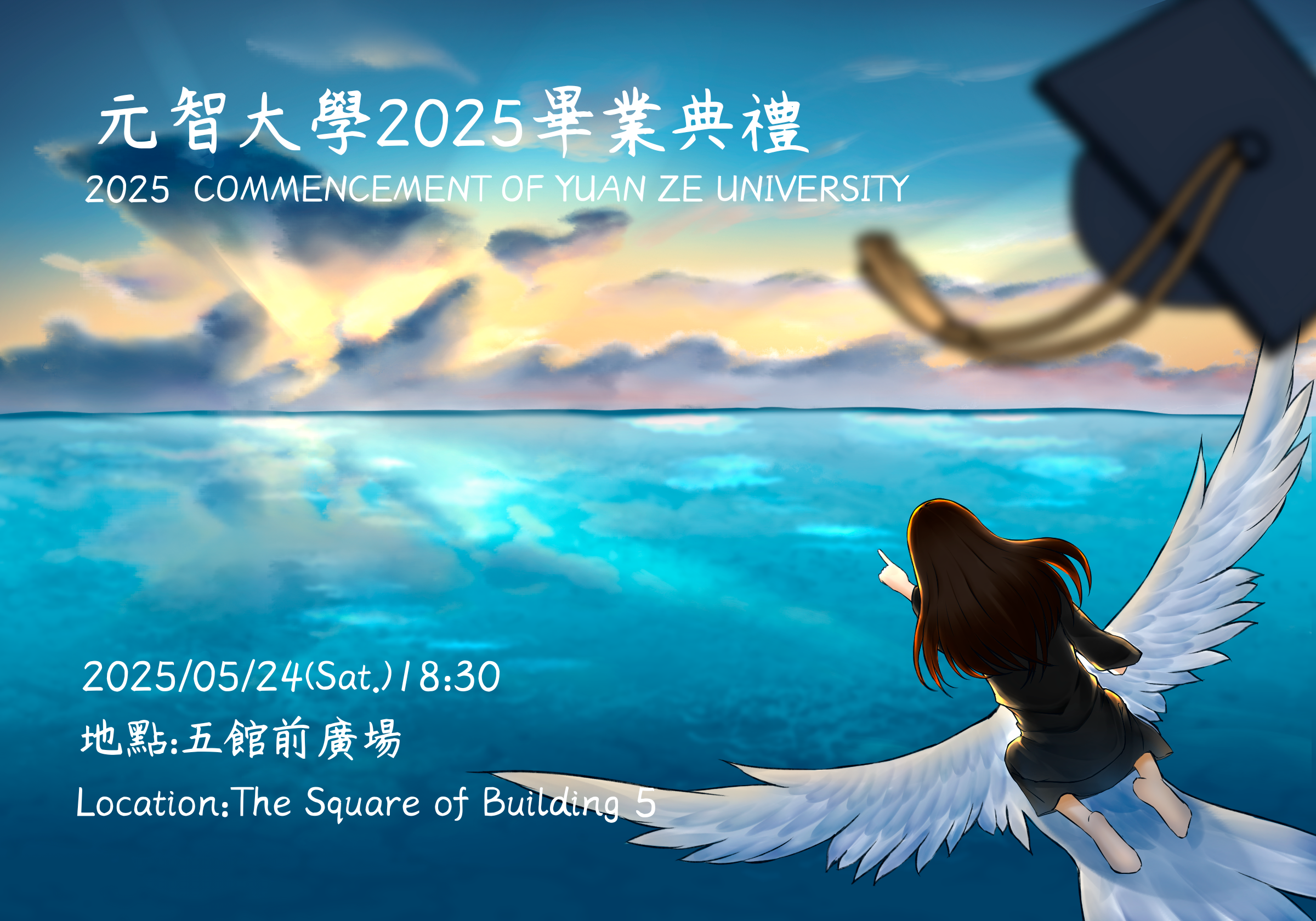Late spring to early summer marked a season of renewal and blossoming, and at Yuan Ze University, a patch of lawn beside the Fifth Building Library once again witnessed the delicate emergence of Spiranthes sinensis, one of Taiwan’s smallest and rarest native terrestrial orchids.
While the lawn might appear ordinary at first glance, it harbored a hidden ecological treasure—a springtime miracle made possible by a conscious conservation effort.
Spiranthes sinensis, also known as “Qingming Grass,” is a native orchid species in Taiwan. Its flowers bloom in a graceful spiral along the stem, resembling a ribbon, which inspired its Chinese name “Shoucao” (literally “ribbon grass”). Small in size and easily hidden among the grass, this orchid is one of the few native species still found in Taiwan’s lowlands. It is highly sensitive to its environment and relies on a symbiotic relationship with mycorrhizal fungi in the soil, making it a significant ecological indicator species. Its presence reflects the health and biodiversity of the land and holds particular meaning in urban green spaces.
In previous years, traces of Spiranthes sinensis were occasionally spotted on the Yuan Ze campus, though they were often mowed down before blooming. This year, thanks to the collaborative efforts of the Center for Sustainability and the Office of General Affairs, the lawn was officially designated as a conservation area. In early April, the university installed signage to mark the area as protected, suspending all mowing activities from April to May to allow the orchids to grow and reproduce naturally.
As a result, over 100 Spiranthes sinensis bloomed across the lawn, adding a rare and tranquil beauty to the campus. This conservation effort not only safeguarded a fragile micro-ecosystem but also demonstrated Yuan Ze University’s concrete actions toward sustainable campus development and biodiversity preservation.
The university emphasized that sustainability is not only about energy and carbon emissions, but also about respecting all forms of life on the land. Moving forward, the university planned to continue identifying potential microhabitats on campus and establish more eco-friendly maintenance practices. Through such efforts, ecological education and conservation awareness could take root in the campus environment, offering students an invaluable lesson in understanding nature and respecting life.
 English
English  正體中文
正體中文 



